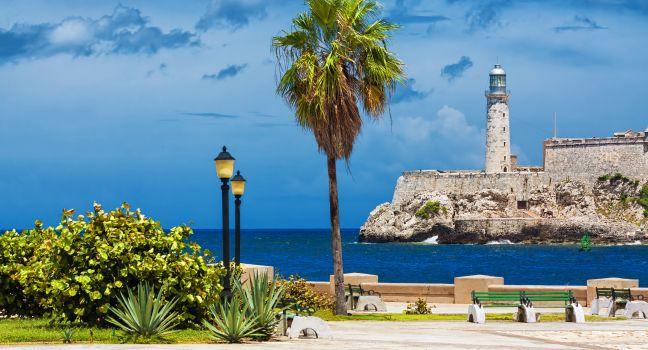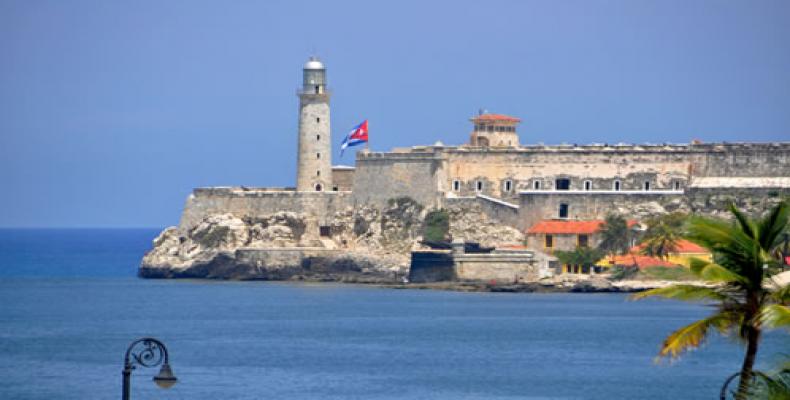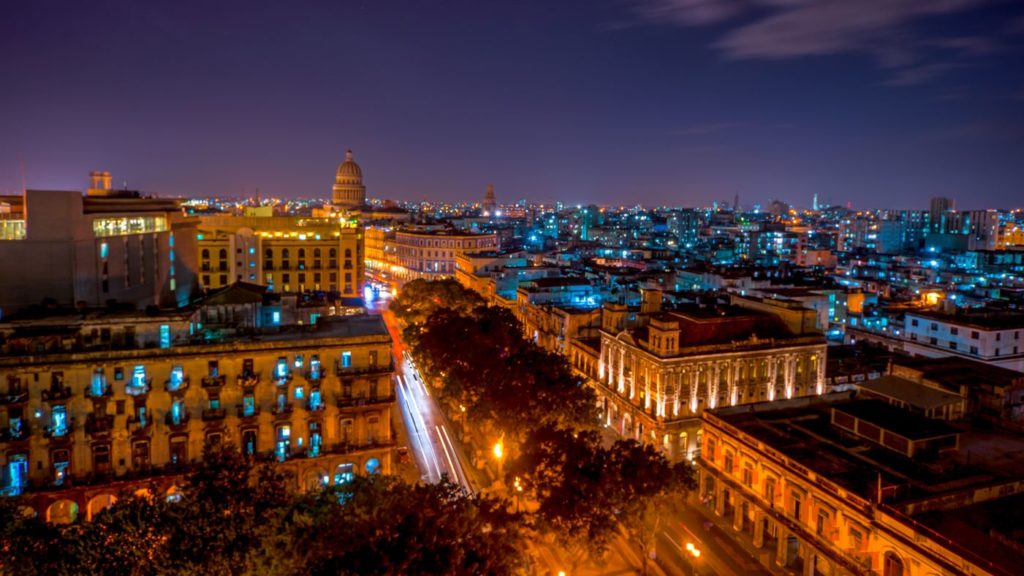 EL MORRO DE LA HABANA, CENTINELA HISTORICO DE LA CIUDAD MARAVILLA.
EL MORRO DE LA HABANA, CENTINELA HISTORICO DE LA CIUDAD MARAVILLA.
Baluarte de cubanía, la capital cubana se yergue hermosa, cautivadora y enigmática, atrapando la maravilla de lo cotidiano en los elementos más tradicionales y pintorescos de sus plazas y fortalezas, las mismas que parecen desandar los tiempos a la luz de cada amanecer.
Como esos castillos que rodean la entrada de la bahía habanera, cuyas piedras centenarias se elevan como fieles guardianas sobre aguas que exhalan olores de mar y puerto en ajetreo, horadadas por siglos de oleaje y salitre.
Erigidos para defender a la ciudad en los primeros tiempos coloniales, hoy son parte del paisaje acogedor del viajero que ha hecho su camino por el mar.
De hecho, sus murallas y fortines han devenido símbolos que distinguen a La Habana, como lo son su rutilante Malecón y la Giraldilla.
El Morro, La Cabaña, La Punta, La Chorrera, dejaron atrás su misión de centinelas para regalarnos su presencia amurallada y estampa secular, convirtiéndose en museos y centros para la cultura y la recreación.
Uno de ellos y quizás el más emblemático, el Castillo de los Tres Reyes del Morro, fue erigido en la roca viva de la bahía y se alza como uno de los símbolos de La Habana.
Fue Felipe Segundo, el absolutista rey de España, quien comisionó al ingeniero militar Juan Bautista Antonelli para que lo construyera en 1589, pero no fue hasta 1630 que se terminó.
La protección de un sistema comercial establecido entre España y América, y la conservación de los territorios coloniales obligaron a crear un sistema defensivo que los salvaguardara.
Gruesos muros, rampas, aspilleras, pasadizos, puentes, garitas y torrecillas para guarecer la guardia, forman parte del conjunto arquitectónico del Castillo del Morro, que tiene enfrente a su hermano el Castillo de San Salvador de la Punta, y terminado en la misma época.
Adaptado a las irregularidades del promontorio de piedra que cierra la bahía, lo distingue también la batería de cañones que yace en sus faldas, denominada Los Doce Apóstoles, y forma parte del gran Parque Histórico Militar Morro-Cabaña.
Ese tesoro histórico–arquitectónico de la Ciudad Maravilla que es La Habana sigue desandando el tiempo.
 EL MORRO DE LA HABANA, THE HISTORIC SENTINEL OF A MARVEL CITY.
EL MORRO DE LA HABANA, THE HISTORIC SENTINEL OF A MARVEL CITY.
A bulwark of Cuba, the Cuban capital stands beautiful, captivating and enigmatic, trapping the wonder of everyday life in the most traditional and picturesque elements of its squares and fortresses, the same ones that seem to retrace the times in the light of each dawn.
Like those castles that surround the entrance to the Havana bay, whose centuries-old stones rise as faithful guardians over waters that exhale smells of the sea and the port in a rush, pierced by centuries of waves and saltpeter.
Built to defend the city in the early colonial times, today they are part of the welcoming landscape of the traveler who has made his way through the sea.
In fact, its walls and forts have become symbols that distinguish Havana, such as its glittering Malecon and the Giraldilla.
El Morro, La Cabaña, La Punta, La Chorrera, left behind their mission as sentinels to give us their walled presence and secular stamp, becoming museums and centers for culture and recreation.
One of them and perhaps the most emblematic, the Castillo de Los Tres Reyes del Morro, was erected on the living rock of the bay and stands as one of the symbols of Havana.
It was Felipe Segundo, the absolutist king of Spain, who commissioned the military engineer Juan Bautista Antonelli to build it in 1589, but it was not until 1630 that it was completed.
The protection of a commercial system established between Spain and America, and the conservation of the colonial territories forced to create a defensive system that would safeguard them.
Thick walls, ramps, loopholes, passageways, bridges, sentry boxes, and turrets to protect the guard, are part of the architectural complex of the Castillo del Morro, which has in front of its brother the Castillo de San Salvador de la Punta and finished at the same time.
Adapted to the irregularities of the stone promontory that closes the bay, it is also distinguished by the battery of cannons that lies on its slopes, called Los Doce Apóstoles, and is part of the great Morro-Cabaña Military Historical Park.
That historical-architectural treasure of the Wonder City that is Havana continues to retrace time.
Agencies/ RHC/ Marylis Suarez/ Internet Photos/ Arnoldo Varona/ www.TheCubanHistory.com
THE CUBAN HISTORY, HOLLYWOOD.








